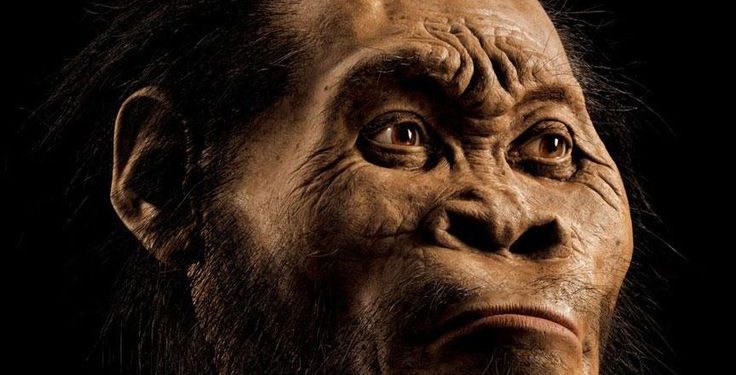Jakarta, Indonesia Sentinel — Researchers from the University of Hawaii have identified a new species of ancient human, Homo juluensis, meaning “big head.” The name stems from the discovery of a large skull in China, which suggests distinctive traits of an ancient human species with a large brain.
The findings were published in the PaleoAnthropology journal in May 2024 by Xiujie Wu, Christopher Bae, and their team, who analyzed a range of hominin fossils displaying unique traits.
According to Live Science, After analyzing the characteristics of fossil group unearthed at the Xujiayao and Xuchang sites in China, Wu and Bae concluded that “they represent a new hominin population for the region,” named as Homo juluensis. The fossil are estimated to date back between 220,000 and 100,000 years ago.
While Homo juluensis is classified as a new hominin species, it does not imply they were genetically isolated. Researchers believe Homo juluensis may have emerged as a result of interbreeding between different hominin groups existing at the time, including Neanderthals and Denisovans.
The skulls were notably large and wide, featuring some Neanderthal-like characteristics while also sharing similarities with modern humans and Denisovans.
“Collectively, these fossils represent a new form of large-brained hominin (referred to as Juluren) that was widely distributed across East Asia during the Late Quaternary period,” the researchers wrote.
The discovery provides new insights into the diversity of hominins during the Middle Pleistocene, a period spanning from 300,000 to 50,000 years ago, when various ancient human species coexisted. After the ancestors of Homo sapiens (modern humans) evolved roughly 300,000 years ago, they spread across the globe, replacing or interacting with other archaic human species.
Redefining Hominin Diversity in East Asia
The team proposed dividing archaic hominins in East Asia into at least four distinct species: Homo floresiensis, Homo luzonensis, Homo longi, and the newly identified Homo juluensis. The classification aims to provide a clearer understanding of human evolution in the region.
In an interview with Phys.org, Bae and Wu explained their study involved comparing fossils from sites across Siberia, Laos, and Tibet with previously discovered ancient human remains. Bae likened the process to organizing a family photo album where some images are blurred or difficult to identify.
Trunyan Village and The Sacred Bali Ancient Burial Rituals
“This study clarifies the hominin fossil record, which often includes remains that don’t neatly fit into Homo erectus, Homo neanderthalensis, or Homo sapiens,” said Bae.
A Significant Breakthrough in Human Evolution
The analysis revealed that these fossils do not align with known ancient human species, suggesting they likely belong to a previously unidentified hominin. The discovery of Homo juluensis is expected to shed light on the fossil record of ancient humans in Asia and contribute to a deeper understanding of human evolution and the connections to modern Homo sapiens.
“Ultimately, this should help improve scientific communication and further our understanding of human ancestry,” Bae added.
The discovery highlights East Asia as a critical region for studying human evolution, where complex interactions between hominin groups likely played a key role in shaping our evolutionary history.
(Raidi/Agung)

























